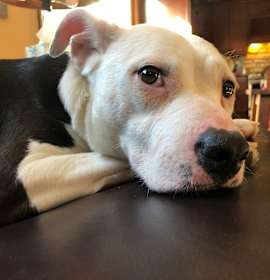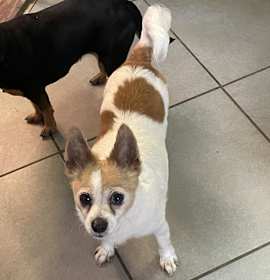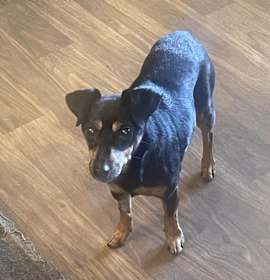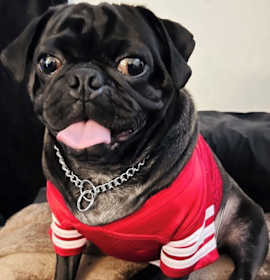Finnish Lapphunds typically live 12 to 15 years, which is comparable to the lifespans of similar Spitz-type breeds such as the Finnish Spitz, American Eskimo Dog, Samoyed, and Keeshond.
Several factors influence the lifespan of Finnish Lapphunds, including genetics, diet, exercise, vet care, and their living environment. A balanced, high-quality diet helps prevent obesity and supports overall well-being, while consistent exercise maintains a healthy weight, cardiovascular health, and mental well-being.
Routine vet care, including check-ups, vaccinations, and preventive measures like dental cleanings and parasite control, is vital for early detection and management of health issues. Additionally, a supportive living environment, socialization, breed-specific enrichment or herding tasks, and a loving home can significantly enhance their quality of life and longevity.


















